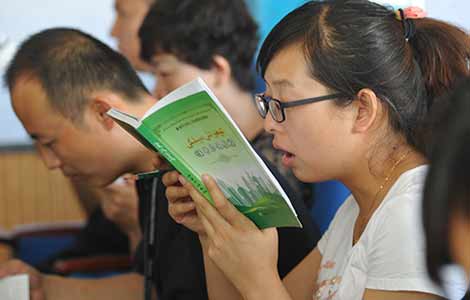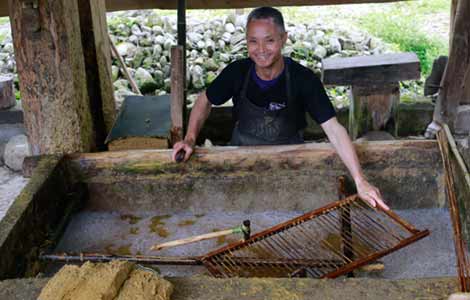Cycle of giving and eating
Updated: 2013-08-11 08:19
By Han Bingbin (China Daily)
|
||||||||
There are also candied haw fruits, the famous bingtang hulu, and the notorious ludagun, "donkey rolling in the dust", a sticky yellow glutinous rice cake stuffed with sweet bean paste and rolled in yellow bean flour.
In Shanghai and neighboring Jiangsu and Zhejiang provinces, most visitors take home a different kind of gift - freshwater produce. The best known is an expensive and much sought-after seasonal treat, mitten or hairy crabs freshly caught from Suzhou's Yangcheng Lake and in peak season around the Mid-Autumn Festival in September.
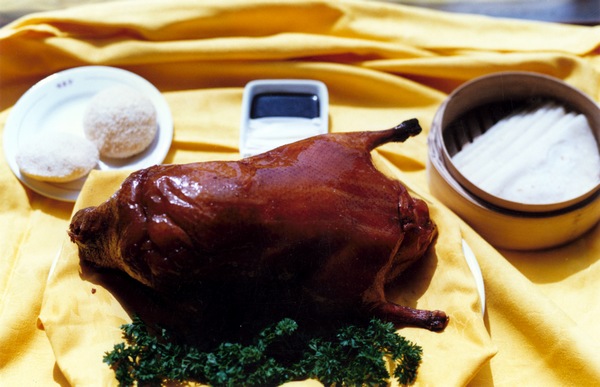 |
|
Beijing's famous roasted duck Yan Xiangqun / for China Daily |
These rather odd-looking creatures with a mat of fur on their claws are farmed under strict conditions, and each weighs in at about 250g. They are sold fresh, tightly swaddled in straw and packed neatly in baskets as delicious souvenirs to bring home to valued friends and relatives.
Another popular gift from Shanghai, and a treasured local favorite, is the huangniluo or yellow river snails, pickled in yellow liqueur, salt and sugar. They have very thin, transparent shells and are eaten with rice or congee. They now come packed in pop-top containers, while some of the larger snails are stored in exquisite bottles, ready to impress.
The list is longer than your arm, and it is almost impossible to count all the foods and snacks that the Chinese would think of as good gifts.
In actual fact, some may seem odd to Western eyes, such as salted fish from the southern coastal towns or the famous spicy duck necks from Wuhan in Hubei, sweet-flavored duck tongues from Wenzhou in Zhejiang, or even more challenging - marinated rabbit heads from Chengdu, Sichuan.
One thing to remember, if you are the happy recipient of such delectable souvenirs, you are expected to return the compliment some time or other. As the Chinese idiom goes, "courtesy demands reciprocity", and it also ensures that the cycle of gift-giving is not broken.
That's how many regional specialties travel around the country.
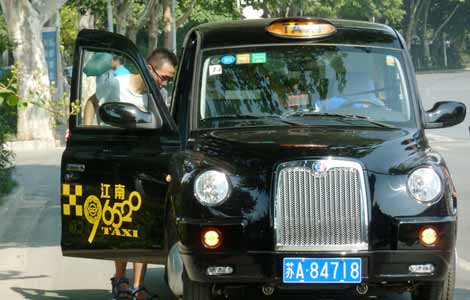
 Classic British taxi cabs on road in E China
Classic British taxi cabs on road in E China
 China and Russia to hold joint military drill 2013
China and Russia to hold joint military drill 2013
 Threat forces US out of consulate
Threat forces US out of consulate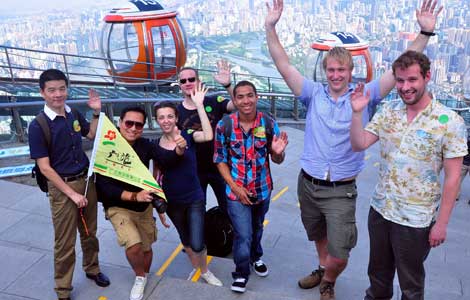
 Visa window gives tourists a welcome view
Visa window gives tourists a welcome view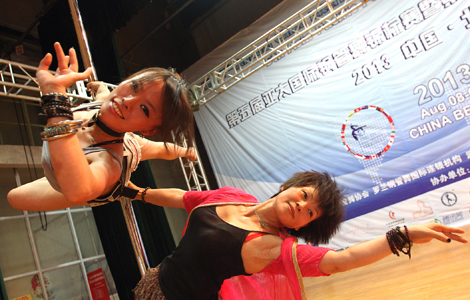
 Seniors find themselves in pole position
Seniors find themselves in pole position
 Rough road to continue for domestic carmakers
Rough road to continue for domestic carmakers
 Confucius city gets first international hotel
Confucius city gets first international hotel
 Special: Summer Guide
Special: Summer Guide
Most Viewed
Editor's Picks
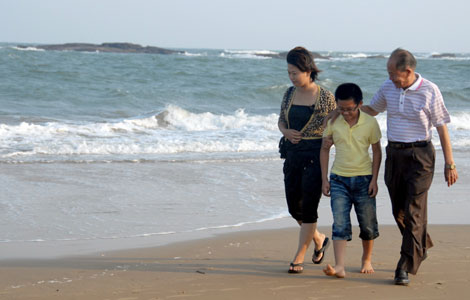
|

|

|

|

|

|
Today's Top News
Searching on missing Chinese is still underway
Human H7N9 infection confirmed
Beijing busts big fraud gang
Chilly talks expected for US, Russia
India, Pakistan exchange fire
One missing Chinese found safe
50 medical workers die in 50-year foreign aid
3 officials dismissed in human trafficking case
US Weekly

|

|
